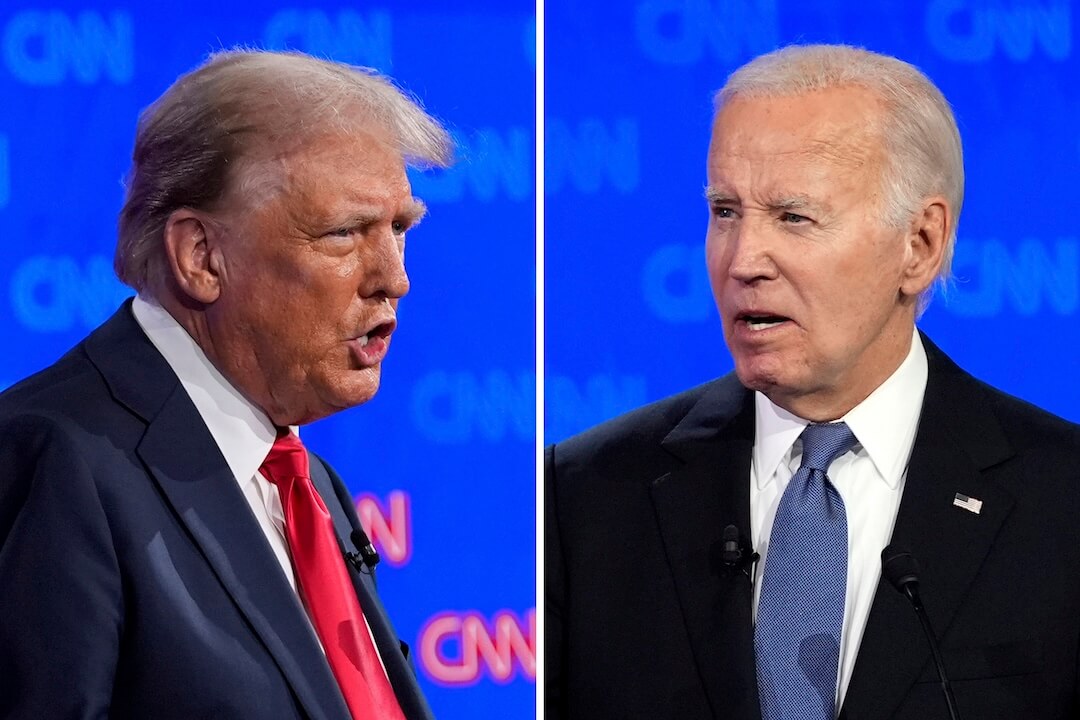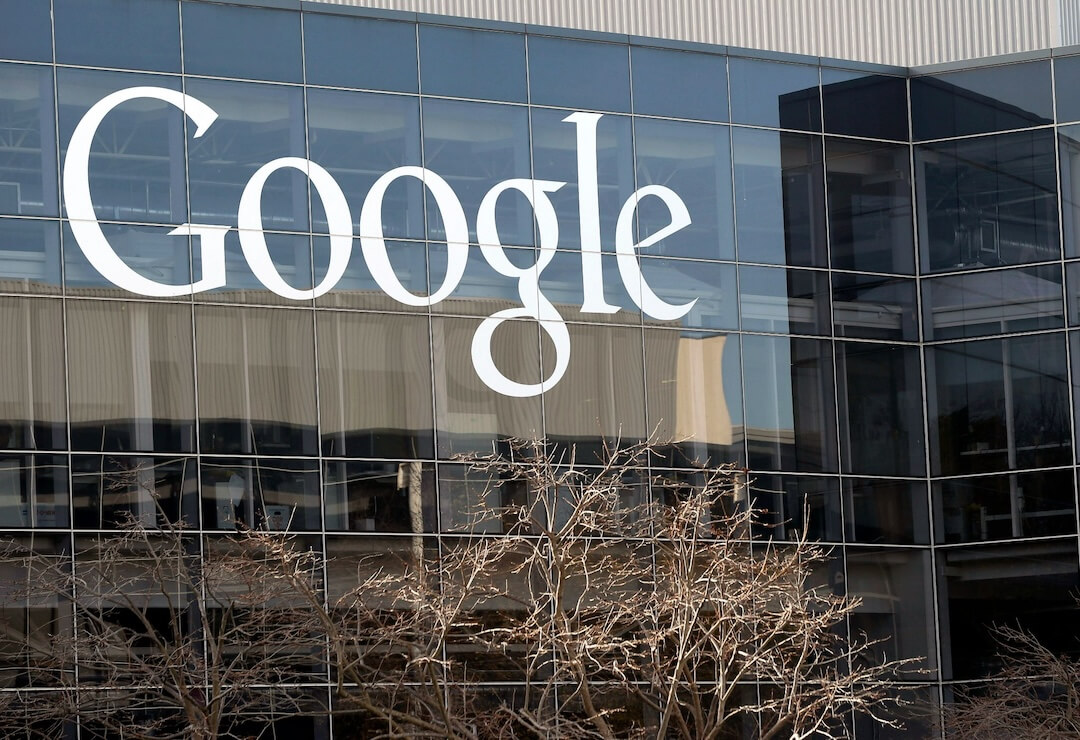A federal appeals court handed female firefighters in St. Louis
— and around the country — a victory last week. The court’s ruling
says female firefighters must be provided with gear that fits, as well
as apprpriate sanitary and private facilities in fire halls.
That might be
difficult for older fire stations to come up with. But now, they might
not have a choice. It is a great story to localize. Talk with female
firefighters in your town — do they have to sleep in the same hall as
the guys? Do they get private showers and bath facilities? The Post-Dispatch reported that the decision said:
[F]ire departments must provide female members with appropriate physical facilities and gear.
“Adequately
fitting firefighting clothing and sanitary and private facilities are
essential to the job of a firefighter, and inadequacies in these areas
compromise job efficiency as well as safety,” said a three-judge panel
of the 8th U.S. Circuit Court of Appeals.
The case involved
women who claimed they were denied promotions, were repeatedly harassed
on the job and were given ill-fitting gear that exposed them to
unnecessary hazards. The women also claimed they did not have adequate
firehouse facilities. The ruling might force cities to speed up
renovations of fire halls to accommodate women firefighters. The Post-Dispatch pointed out:
Many fire stations in St. Louis, Kansas City and elsewhere were built decades before the first woman applied, and many have communal bedrooms and bathrooms.
But the assimilation of women dovetails with an emerging trend in the construction or renovation of fire stations. In St. Louis,
for example, officials say the older buildings are being renovated for
a shrinking population of firefighters, with designers mindful of
privacy and health considerations.St. Louis Fire Chief Sherman
George said there are separate facilities for women at headquarters and
at Lambert Field. He said the other buildings have locks on the
bathroom doors. St. Louis has 19 women among about 700 firefighters, George said.
FEC to Keeps Hands Off Internet Political Activity
I have been
telling my online classes at Poynter recently that I believe 2007 will
be the year that political candidates discover Internet advertising in
a big way.
The Federal Election Commission [PDF]
is sending out signals that, except for ads, the feds intend to stay hands-off when it comes to regulating political discourse. The Washington Post said:
The
Federal Election Commission last night released proposed new rules that
leave almost all Internet political activity unregulated except for the
purchase of campaign ads on Web sites.“My
key goal in this rule-making has been to make sure that the commission
establish clear rules to exempt individuals who engage in online
politics from campaign finance laws,” said Chairman Michael E. Toner, a
Republican.
The story continued:
Most bloggers, individual Web users, and such Web sites as Drudge Report and Salon.com are exempted from regulation and will be free to support and attack federal candidates, much as newspapers are allowed.
For the most part, leading advocates of the blogger community welcomed the proposed rules.
“As
a whole, these are rules that I think those who have been fighting
regulations are going to be cheering,” said Richard L. Hasen, a
professor at Loyola Law School in Los Angeles, who runs the Election Law blog.
The rules provide “broad exemptions for most political activity on the
Internet, and expand the media exemption to the Internet,” he said.Hasen and others noted that as technology advances, the regulations will have to be modified.
In
particular, Hasen said, “As the Internet and TV converge, the FEC or
Congress will eventually need to rethink these rules to see if they
make sense.”“Generally, it’s in line with what I think bloggers ask for,” said Jerome Armstrong, the founder of the liberal blog MyDD,
an adviser to the Howard Dean for president campaign in 2004 and
currently an adviser to former Virginia governor Mark R. Warner’s
political action committee. “They give bloggers the media exemption.”Armstrong
voiced concern, however, over potential difficulties that could result
from a requirement that campaign ads have disclaimers. “The size of a
Web ad and the size of blog ad is so small that having to put a
disclaimer on it is going to take up all the space,” he said.
When campaign funds
purchase Internet political advertising, the ads would have to be
labeled as such, under the FEC’s proposed rules.
I am telling the journalists who I
teach that they will have to develop new guidelines for online
advertising.
Will journalism
Web sites, for example, allow candidates to purchase ad space on pages
that include political coverage? Will online sites have the same
guidelines as traditional journalism outlets when it comes to requiring
ads to be truthful? Will journalism sites choose to deny access to some
candidates while allowing it for others?
What will the
guidelines be for sites that an ad is allowed to link to? How will
journalism sites treat the sorts of instant ads that began popping up
in the last presidential
election, just minutes after a debate — ads that linked the user to
video soundbites lifted from the just-completed debate? Online will
allow candidate to launch lightning-fast attack or counterattack ads in
ways that radio or TV cannot.
Cheaper Cookies in Some Towns
The Boston Globe
reported that the price you pay for Girl Scout cookies depends on where
the Girl Scout’s troop is located. In some towns, the troops don’t think folks will
pay $4 a box. So they drop the price and take a smaller profit. The
story said:
The Girl Scouts
national organization allows different councils — or regional groups
— to set their own prices. Most councils charge around $3 or $4 a box,
but there is one council in Tennessee — one with a very robust endowment fund — that sells the cookies for $2.50.The Girl Scouts have two approved cookie bakers, but in the New England area, virtually all the councils use ABC/Interbake of West Virginia.
The councils determine the price per box by calculating expenses —
such as recruiting and training leaders and operating and maintaining
camps — and revenues, which may include grants, donations from the United Way, and cookie sales.Council leaders determine how to disburse the funds — some go to the baker, and some to the council.
The rest goes to the troop that sells the cookies.
Coffee Kids
Coffee used to be considered an adult drink. But in places like Salem, Ore.,
you can find a coffee shop inside a high school. See this story about
whether it is a good idea to make coffee available to kids from Salem’s Statesman Journal.
Governors in five states and the mayors of 17 cities have declared March “National Caffeine Awareness Month.”
The Atlanta Journal-Constitution
says doctors are getting concerned about younger people who are
attracted to coffee bars. Kids love coffee shops because those are the
places they don’t get kicked out of. The AJC said:
In an era of
provocative blogs and binge drinking, hanging out in a coffee shop
before or after school seems positively innocent. And it differs from
the soda shop and burger joint of yesteryear in that teens don’t
actually seem to mind that silver-haired seniors, lawyers in tailored
suits or police officers may be sitting at the table next to them.More than anything,
it also may say something about how teenagers, for all of their pushing
of limits and patience, may be craving a safe harbor.“What this [trend]
says is that a coffee shop has a role today in bringing up kids,” said
Harry Balzer, vice president of market research firm NPD Group. “It’s less about a need to have coffee than that every generation of kids has to have a place to go.”Teenagers do not
represent a huge share of the coffee market — about 3.7 percent,
Balzer said. But they represent twice that presence in coffee specialty
drinks, such as the shakelike Frappuccinos and flavored iced drinks.
When it comes to just plain coffee, teens account for 1.3 percent of
the market, Balzer said.That’s why he believes the teen coffee klatch is more about connection that caffeine, he said.
“Today the hangout
spots are the coffee shops because they’re not throwing kids out. You
can thank that [coffee shop] manager for giving your kids a place to
go,” Balzer said.Pediatricians and nutritionists, however, do see some small clouds of concern brewing.
If teens are drinking
coffee because they need a caffeine boost, that could be a sign of
sleep deprivation, an area of growing concern in adolescent medicine.Drowsy teenagers may
seem to be as perennial as teenagers in love, but sleep experts and
pediatricians warn that today’s overstimulated teenagers are at
heightened risk for sleep loss. Computers, iPods and cellphones are
just some of the electronic goodies that rob today’s teens of the eight
hours of sleep they need. Some teens who stay up until the early
morning hours may be trying to compensate for sleep loss with caffeine,
doctors warn.Sleep loss in itself
is a big problem, but the addition of a stimulant such as caffeine
throws in another risk, said Dr. Joseph Gigante, associate professor of
medicine at Vanderbilt Children’s Hospital in Nashville.“Caffeine is a stimulant, and you do get addicted to it,” Gigante said. “And it can make kids hyper, anxious and jittery, just as with adults.”
Use this Web site to calculate how much caffeine you consume per day.
Spying on Each Other
USA Today ran an interesting story on how Americans, increasingly, are spying on each other with all sorts of software and cameras.
Millions of cameras are being sold to people intending to hide them every year, the story pointed out, and went on to add:
Privacy Rights
Clearinghouse in San Diego, a non-profit group that advises consumers
on how to protect their privacy, receives about one call a month from
people sick of having their property videotaped by a neighbor, said
director Beth Givens.
Police can’t do
anything about a camera recording things in plain view, she said, so
the group tells callers to take civil action.
“But it’s creepy for a family to be under the watchful eye of a neighbor,” Givens said.
Even creepier — often the camera watching you is hidden.
Tamara Perez of Dawsonville, Ga., sued Toys “R” Us in 2003 after she noticed a hidden camera in the ceiling over the women’s restroom at a store in Alpharetta, Ga.
“I was embarrassed and horrified,” she said in an interview.
She said she received some money from the company in a settlement in September 2005 but declined to provide details.
Video surveillance is a $5.7 billion industry, according to David Cremer, owner of C&C Technology in New Mexico. The company created a device called Spyfinder to detect hidden cameras.
Mashups Get Personal
Smashup and
mashup technology is getting pretty personal. One type of mashup involves placing
data points on maps, such as those you can find on GoogleLocal. It is getting to be amazingly
easy to do — which can allow journalists to more easily map
crimes, trends and such.
But the citizens, as they often do, are moving faster than the journalists are.
Wired.com takes a look at some of the more interesting smashup sites such as Platial, which allows users to map everything from sexual encounters to restaurants.
compendium of ideas, edited story excerpts and other materials from a
variety of Web sites, as well as original concepts and analysis. When
the information comes directly from another source, it will be
attributed and a link will be provided whenever possible. The column is
fact-checked, but depends upon the accuracy and integrity of the
original sources cited. Errors and inaccuracies found will be corrected.






